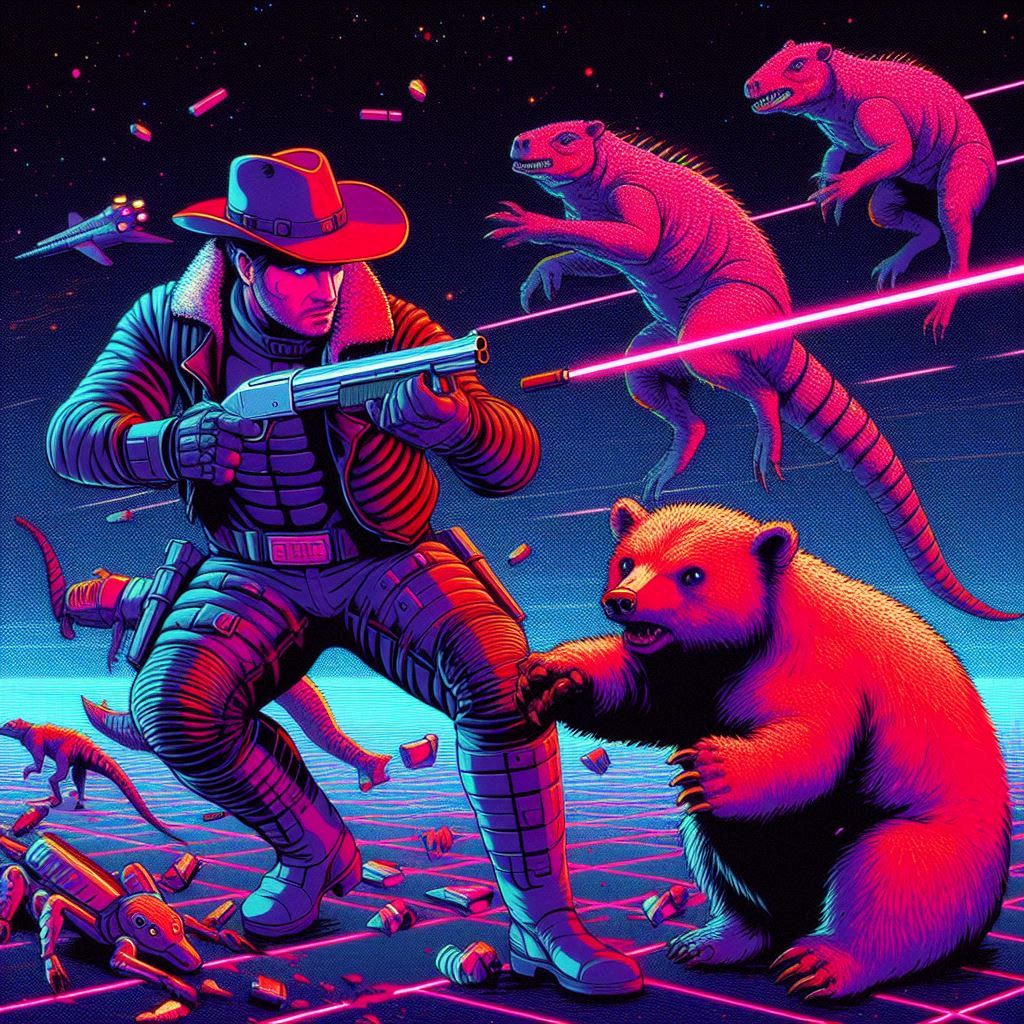illphated
The Ghost Wolves of Galveston: Red Shadows on the Gulf
Galveston Island has always carried its share of myths — hurricanes, pirates, and whispers of the supernatural. But today, a different kind of ghost walks the shoreline. They aren’t spirits, but flesh-and-blood predators: the so-called “ghost wolves” of Galveston.
At first glance, they look like coyotes. Slim, sharp-faced, yellow-eyed. But if you linger long enough in their presence, something feels off. They’re taller. Their coats shimmer with streaks of rusty red. They move with a gait that’s not quite coyote, not quite wolf — something in between.
That’s because they are.
Not Pure Wolves, Not Pure Coyotes
Back in 1980, the last wild red wolf (Canis rufus) was declared extinct. What remained of the species was locked away in captive breeding programs. Scientists assumed the red wolf’s bloodline had been erased from the landscape.
But Galveston had other plans.
When biologists began studying local coyotes, they discovered something shocking: red wolf DNA still lived on inside them. These canids weren’t wolves, and they weren’t just coyotes either — they carried fragments of the red wolf’s genetic code. Unique alleles. Ghost genes thought to be lost forever.
In short, the red wolf’s shadow had never left the island.
Family Lines in the Sand
Genetic tests show Galveston’s ghost wolves carry 10% or more red wolf ancestry, with some mainland relatives holding even higher percentages. Scientists have identified at least four family groups roaming the island, a tight-knit but diverse community that has kept this ancient blood alive.
They average around 35 pounds, heavier than your typical coyote but lighter than a full wolf. Reddish fur, longer legs, narrow snouts. Hunters of marsh, dune, and subdivision alike.
Why It Matters
The red wolf is one of the rarest animals in North America, and its limited captive population suffers from inbreeding. The discovery of Galveston’s ghost wolves blew the doors wide open: here lies a reservoir of lost genetics. A potential key to saving the species.
But it’s complicated.
• They’re hybrids, and hybrids live in a legal gray area.
• Development on the island threatens their habitat.
• And no one really knows how stable this population is over time.
What’s certain is this: Galveston is guarding something ancient. A lineage that shouldn’t exist anymore — but does, slipping between fishing piers and live oaks at night.
The Future of the Ghost Wolves
Locals report seeing them more often these days, especially in less-developed corners of the island. Some fear them, some admire them, others barely notice. But if you know the story, every sighting feels like a glimpse into prehistory — a reminder that wildness doesn’t die easily.
The ghost wolves aren’t just coyotes. They’re survivors. They’re proof that extinction doesn’t always mean the end.
And maybe, just maybe, they’re waiting for us to figure out what to do with their secret.
EmailURL






